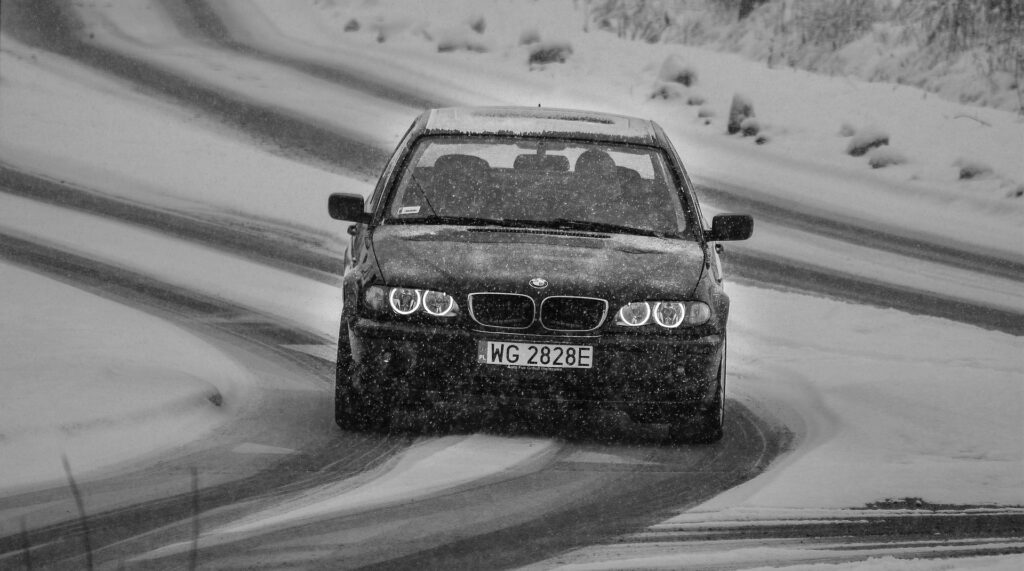
The recent snowfall across the UK has shown that the worst of the winter weather is yet to pass, and the conditions on the road may become more perilous as the upcoming weather offers more snow and icy conditions. The team here at Oaks Services have put together some tips for driving in the snow and ice to help you navigate the roads safely.
Before you set off
The key to safe driving in the snow and ice is to prepare for it before you set off. Take these quick steps before you begin your journey:
- Set off early. Allow yourself more time to reach your destination so you can drive slower than you would normally need to. Overtaking cars is dangerous in icy conditions and should be avoided at all costs, so allowing yourself more time to make your journey means that you don’t have to stress about being late when travelling behind cautious drivers
- Clear your windows. If your car’s windows, mirrors or roof are iced over or covered in snow, take the time to thoroughly clear them. Not only does ice impair your view of the roads but if you were to turn a corner sharply, snow from on top of the car could drop down onto your window, which is very dangerous
- Perform basic car checks. Check that your car is in full working condition. The tyres should be completely inflated, battery full and screen wash and fuel topped up
- Pack a breakdown kit. You should always have a breakdown kit in your car in case the worst was to happen, but this is especially important in the winter when the weather is much more dangerous. Include things such as a torch, ice scraper, snacks and water, jump leads, a first aid kit and a high visibility jacket
When you’re driving
No matter how much of a careful driver you normally are, now is the time to take extra precaution.
- Increase your stopping distance. Try to leave a 10 second gap between you and the vehicle in front of you in case you are unable to stop your vehicle without skidding.
- Drive gently. Lower your acceleration and don’t make any sharp gear changes or do any harsh braking. If you are on ice these actions can cause you to lose control of your vehicle
- Use busier roads. Adjust your journey so that you are travelling on main roads as these are more likely to be gritted
- Use dipped headlights. Make yourself seen to other drivers to avoid collisions
- Pay attention to other drivers. Other drivers may not be paying as much attention as you are, which makes them very dangerous. Try to preempt other drivers actions to keep one step ahead and make the roads safer for yourself. If you feel like a car behind you is driving in an unsafe manner, pull over at the nearest available space to allow the car to overtake you so you don’t have to worry about unsafe drivers putting you at risk
- Drive into the skid. If you are to lose control of the vehicle, try to drive into the skid and avoid pumping down on the brakes which can escalate the problem. Stay calm and try to regain control of the vehicle as soon as possible
Operating throughout the Surrey area, Oaks Services offer first class repairs, servicing and MOTs conducted by fully trained and experienced mechanics. For more information on our services, contact us here and we’ll be happy to discuss your enquiry in more detail.

